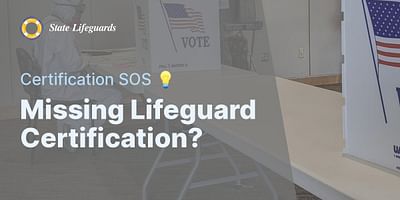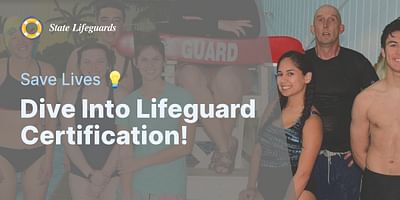Paul Shoreline, a retired lifeguard captain, has dedicated his life to educating aspiring lifeguards. He uses his vast experience to provide comprehensive guides and tips.
Yes, a lifeguard should triple tweet their whistle before initiating a rescue. This is a universally accepted signal in lifeguarding that indicates a lifeguard is about to enter the water for a rescue operation.
Let's Dive Into the Language of Lifeguard Whistle Signals 📢
As a lifeguard, your whistle is one of your most critical communication tools. Different types of whistle signals are used to communicate different messages. A single tweet generally gets the attention of a swimmer, two tweets are used to get the attention of another lifeguard, and three tweets indicate that the lifeguard is about to perform a rescue operation. For more detailed information on lifeguard whistle signals, I recommend reading this comprehensive guide.
Why the Triple Tweet Matters in Lifeguard Rescue Techniques 🏊♂️
The triple tweet serves two main purposes. First, it alerts other lifeguards that a rescue is about to take place, prompting them to provide backup if necessary. Second, it alerts swimmers and other people present so they can clear the way for the rescue and avoid interfering with the operation.
In the following video, you will see an example of lifeguards using their whistle signals during a rescue. Note that the video mentions two long whistle blasts, but it provides a clear demonstration of how whistle signals are used in real-life rescue situations.
As you can see in the video, the lifeguards use their whistle to communicate and coordinate their actions, ensuring a successful rescue. The use of the whistle is crucial in alerting other lifeguards, as well as the people around, to clear the way for the rescue operation.
From Triple Tweet to Rescue: A Lifeguard's Action Plan 🚀
After the triple tweet, the lifeguard should quickly assess the situation, decide on the best approach for the rescue, and then enter the water. During the rescue, it's important for the lifeguard to stay calm and focused, ensuring the safety of both the victim and themselves.
In the following video, you can see a practical demonstration of a lifeguard using their whistle to signal a rescue operation and then proceeding with the rescue.
As seen in the video, the lifeguard's prompt response and the use of the whistle to alert others played a crucial role in the successful rescue operation. This highlights the importance of the whistle as a communication tool in lifeguarding.
Mastering the Whistle: A Key Lesson in Your Lifeguard Training Guide 🎓
Proper use of the whistle is an essential skill that is taught in every lifeguard training program. Aspiring lifeguards must learn not only the different whistle signals but also when and how to use them effectively. If you're considering becoming a lifeguard, check out this article to know what to expect from lifeguard training.
Wrapping Up: Why Your Whistle is Your Lifeline as a Lifeguard 🏖️
A lifeguard's whistle is more than just a noise-making device. It's a critical communication tool that can mean the difference between life and death. By understanding and using the whistle signals correctly, lifeguards can ensure effective communication, smooth rescue operations, and ultimately, the safety of the people they are tasked to protect.
Understanding Lifeguard Whistle Signals
This quiz is designed to test your knowledge about lifeguard whistle signals and their meanings.
Learn more about 🌊 Understanding Lifeguard Whistle Signals Quiz 🌊 or discover other State Lifeguards quizzes.















